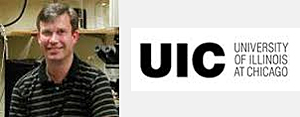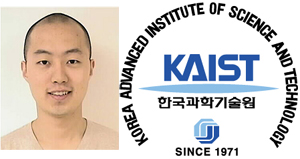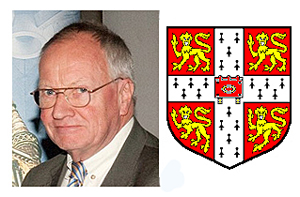23 Sep 2013
Optical products and systems innovator rewards global R&D projects.
Edmund Optics (EO), a provider of optical components for industry and academia, has announced the winners of its 2013 Higher Education Global Grant Program. The awards are given in recognition of outstanding undergraduate and graduate optics programs in science, technology, engineering, and mathematics at non-profit colleges and universities worldwide.
More than $85,000 in products will be awarded by the company to the first, second, and third-place winners in the Americas, Asia, and Europe, in support of their research and education activities. Kirsten Bjork-Jones, Director of Global Marketing Communications at EO, commented, "The originality, ingenuity, and vision in so many of these projects is impressive. Edmund Optics is a proud supporter and advocate for these talented researchers dedicated to furthering the science of optical innovation."
After evaluating over 800 applications, EO’s Grant Team selected 45 finalists from 21 countries. Applications range from developing handheld optical coherence tomography probes for non-invasive diagnostics in primary healthcare to real-time optical detectors for airborne asbestos detection. The choices of finalists were based on two criteria: technical merit; the application of optics in the programs, and the innovative use of optics in a lab or research setting. After securing more in-depth information about the programs, the EO team then selected the final award recipients.

Simon Alford, U of Illinois at Chicago.
In the Americas, the first place award of $10,000 (in EO products) was presented to University of Illinois at Chicago, submitted by Simon Alford, for developing a novel approach to protein-protein interactions using a combination of total internal reflection microscopy and fluorescence anisotropy.
Second place award of $7,500 went to Pennsylvania State University, submitted by Jennifer Yang, for an innovative laser ablation tomography (LAT) and serial imaging system for a high-throughput plant phenotyping project. The University of Pittsburgh, submitted by Yang Liu, was recognized as our third place recipient of $5,000 for developing a clinically applicable optical microscopy system which integrates seamlessly into the standard pathology laboratory for the analysis of standard cell and tissue biopsies of human patients.

YongKeun Park, of KAIST, S Korea.
Li Heng from Shenzhen University (China) is the second place award recipient of $7,500 for the development of super-resolution fluorescence imaging used in the analysis and nano-positioning of intact cells to achieve dynamic tracking methods.
The third-place award of $5,000 USD was awarded to the Indian Institute of Science (India), submitted by Shilpa Dilipkumar, for research focused on the development of new fluorescence microscopy techniques capable of both temporal and spatial super-resolution such as Multiple Excitation Spot Optical microscopy.

Craig Mackay, U of Cambridge, UK.
Sarah Isabelle Ksouri from Ruhr-Universität Bochum (Germany) was selected to receive €5,000 as the second-place European recipient for developing new assembling techniques required to fulfil specifications in increasingly complex, and smaller, microsystems.
Third-place European recipient is Università degli Studi di Roma "Tor Vergata" (Italy), submitted by Luca Giovannelli. The award of €3,000 in EO products was presented for developing a Fabry-Pérot Capacitance Stabilized Etalon (CSE), based on a monolithic approach, optimized for a satellite application.
Bjork-Jones added, "We offer our deepest congratulations to the winners and finalists of our 2013 Global Grant program. This research is at the forefront of advancing optical science. We would also like to congratulate and thank all of the researchers who submitted an application this year. It was an honor and inspiration for the EO Team to review every project submitted."
To read more information about these award-winning applications or to view a list of all 2013 finalists with links to their programs, please visit Edmund Optics’ website.
About the Author
Matthew Peach is a contributing editor to optics.org.
| © 2025 SPIE Europe |
|